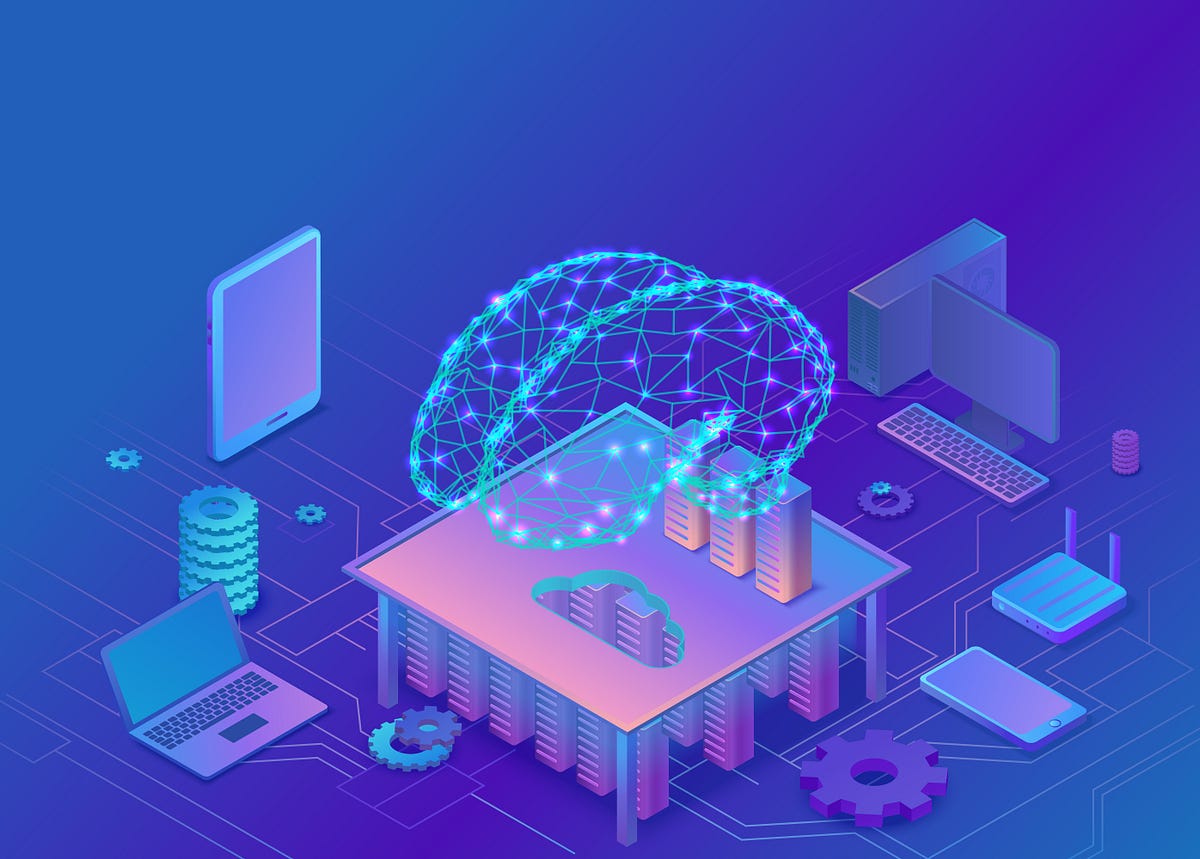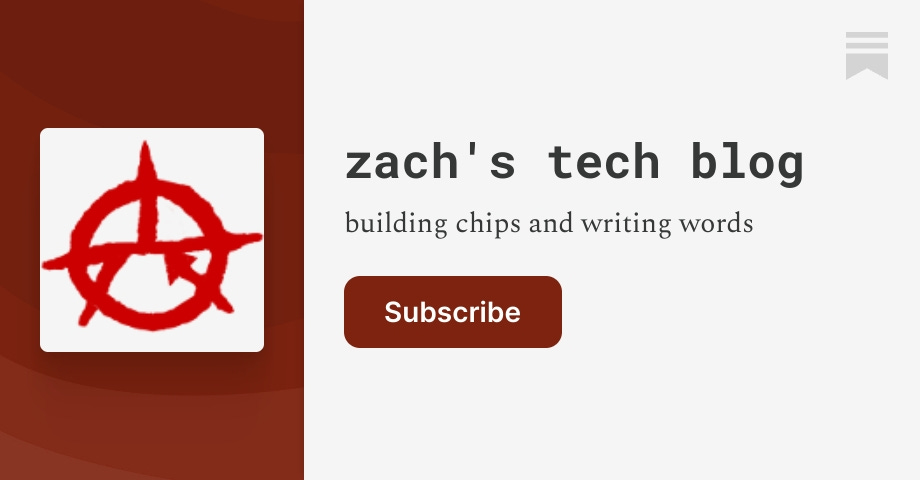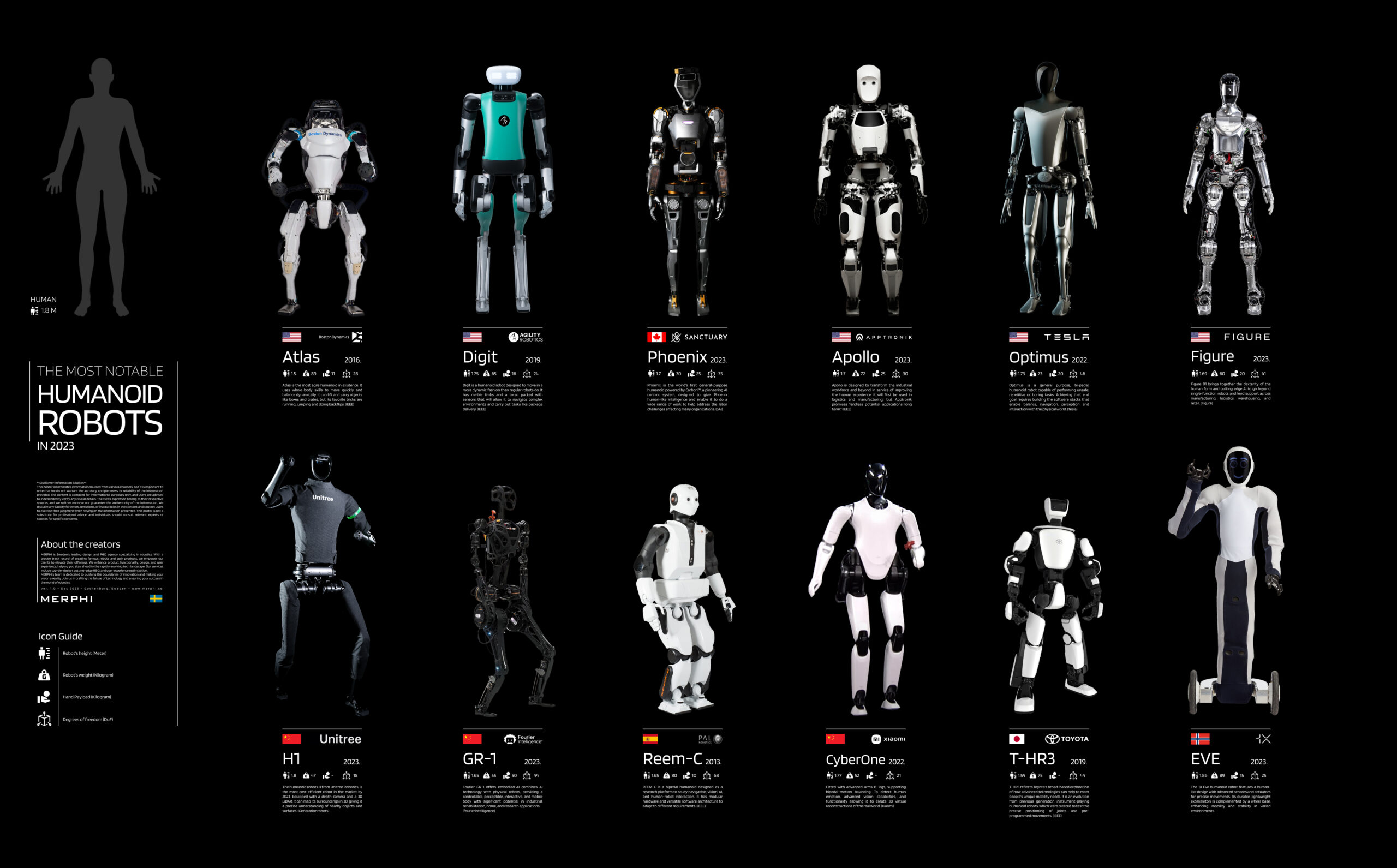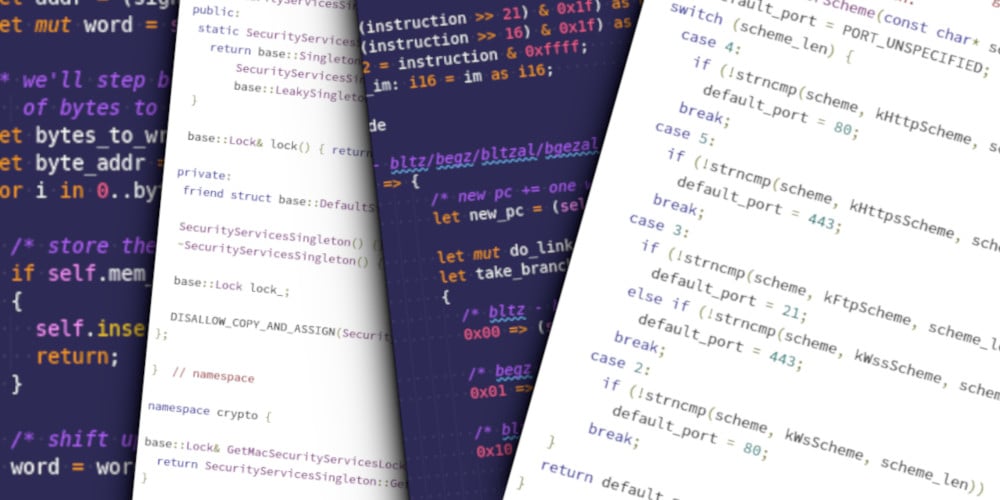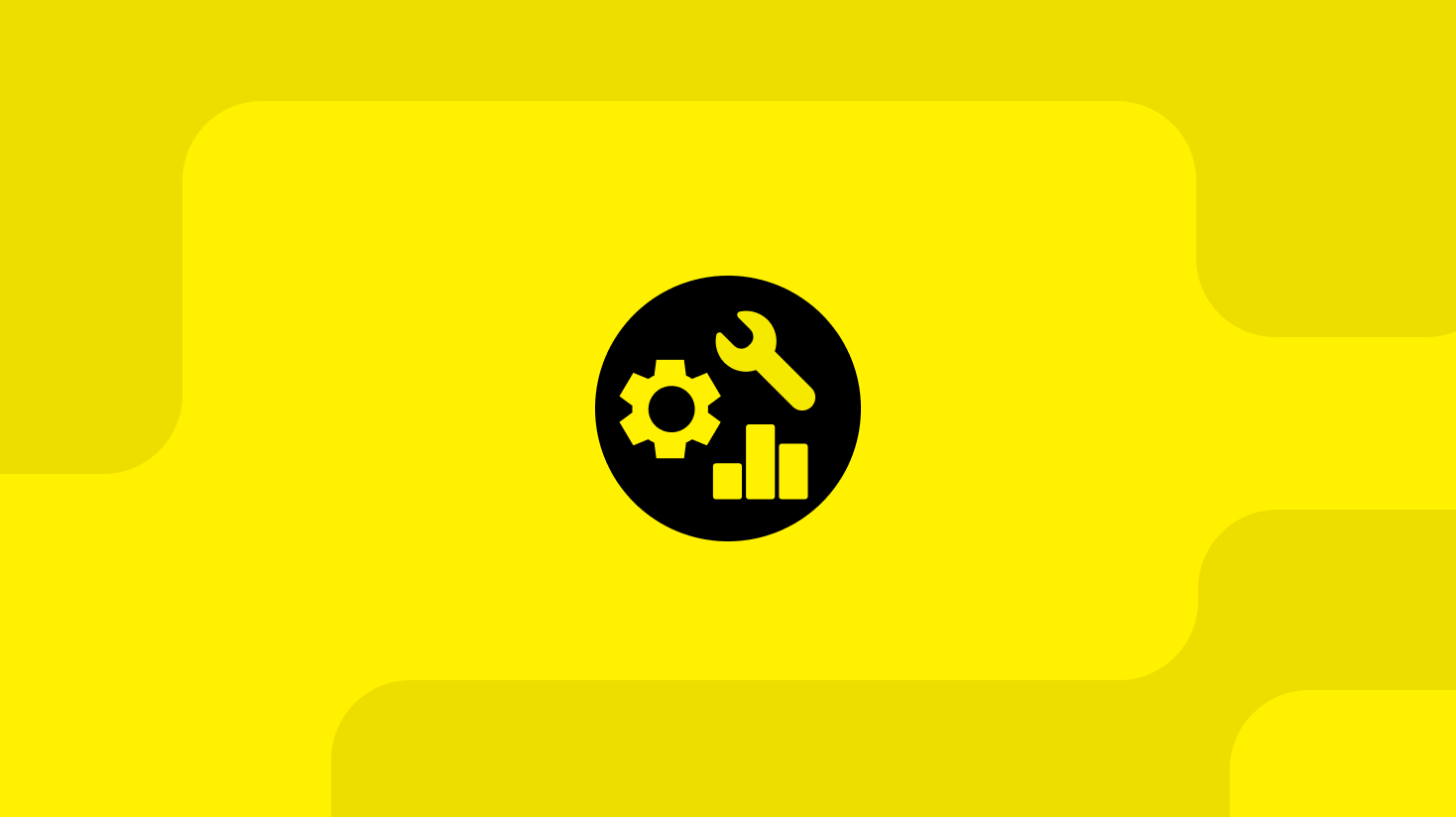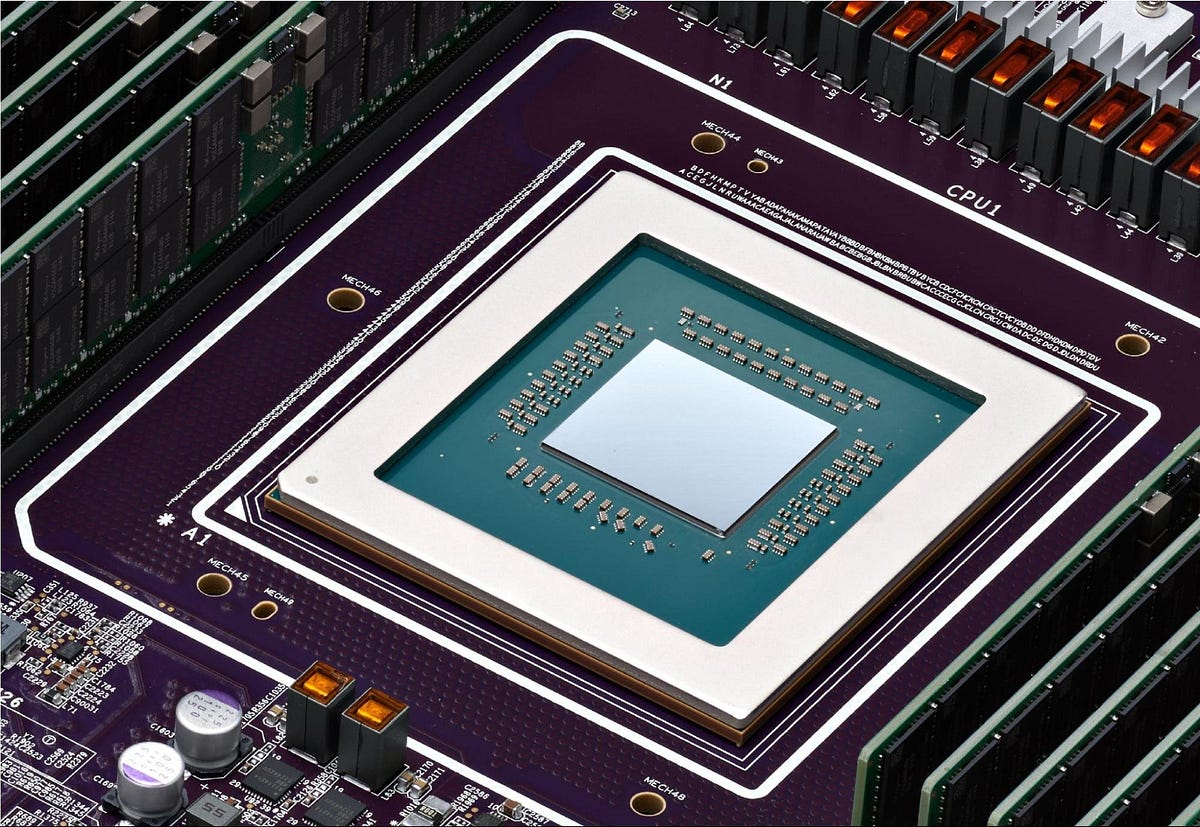
Google Axion is a game-changer — let me show you why
In April of this year, at Next ’24, Google introduced Axion, its first custom ARM-based CPU built specifically for datacenter workloads. Fast forward to the eve of Halloween, and Axion has officially become generally available — leaving us to wonder, was this a treat for developers or a clever trick from Google’s tech playbook? 😏
· First things first, what’s Google Axion? ∘ Core-to-Core Interconnect: A Crucial Piece of the Puzzle ∘ More on Neoverse V2 · Deep-dive about SPEC CPU 2017 · Changes compared with Mid-2024 · Late-2024 Results ∘ Estimated SPEC CPU® 2017 Scores ∘ One picture worth a thousand words — Price to Performance ∘ Normalize Performance ∘ SPEC CPU2017 — 1T — Base ∘ SPEC CPU2017 — nT — Base ∘ 16T vs 16C · Runtime and Cost · Google Axion: A Treat, Not a Trick 🎃
Google’s Axion is built on the Arm Neoverse V2 CPU architecture and is designed to deliver significant performance leaps for general-purpose workloads. Integral to its capabilities is the Titanium subsystem, which offloads key platform operations like networking and security. This allows Axion processors to allocate more capacity and enhance performance for customer workloads. Additionally, Titanium offloads the storage I/O processing of the Hyperdisk, GCP’s new block storage service that decouples the storage performance from instance size and can be dynamically adjusted in real time. Furthermore, C4A VMs benefit from being placed on a single node using Uniform Memory Access (UMA) for optimal memory performance.


